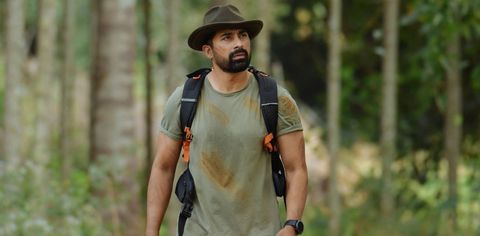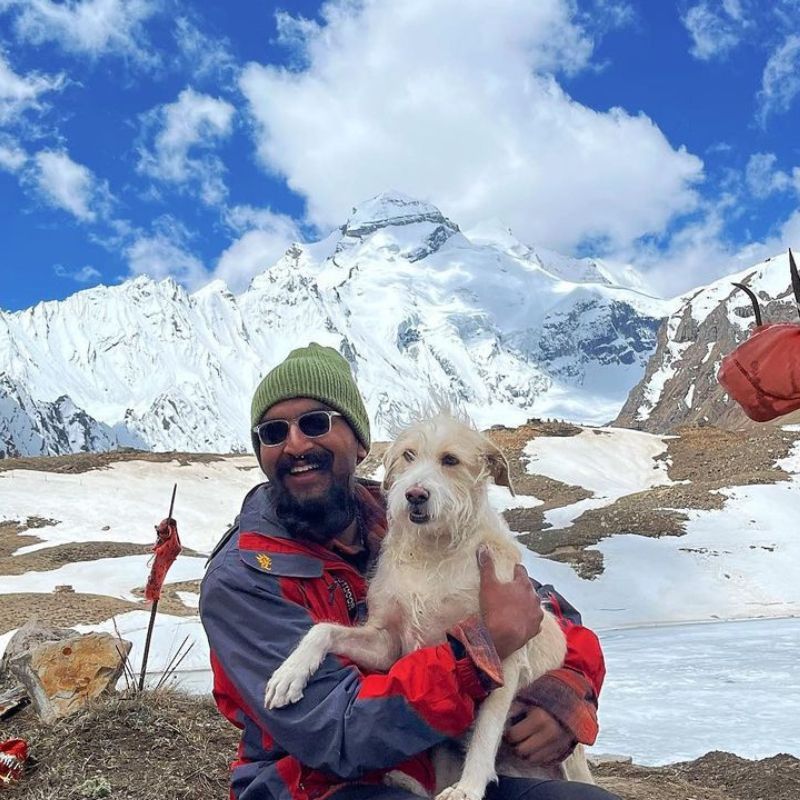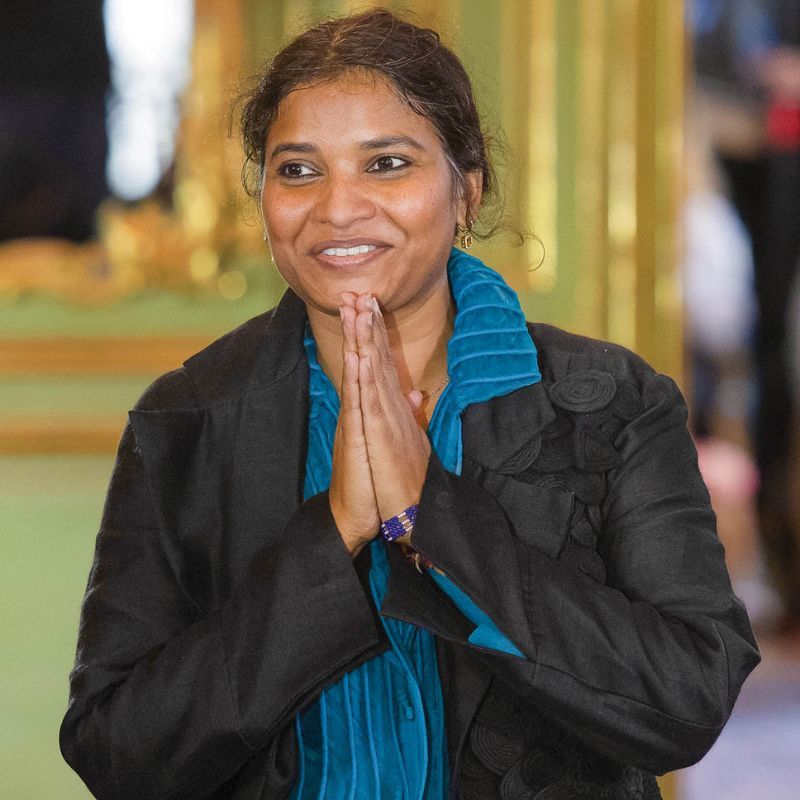
From celebrating his first birthday in Jim Corbett National Park to getting married in Kenya, actor and television personality Rannvijay Singha has had an undeniable connection with wildlife. His new show Safari India just takes it further. We talk to the actor about his wildlife experiences, thoughts on conservation, and more. By Debomita De
Travel + Leisure India: Have you always been intrigued by wildlife?
Rannvijay Singha: Yes, thanks to my dad being in the army and my parents being very adventurous, they took us to the jungle and showed us the wildlife as much as possible. My first birthday was in Jim Corbett National Park.

I have also been to Africa on a safari. I got married into an African Kenyan family, in Mombasa. The experience in Safari India was massive. I’ve come back with many unforgettable experiences like holding the Cobra while it was getting chipped, looking at the tiger from really close proximity, and taking photographs of wild elephants. But one that stands out is an incident in the Pakke Tiger Reserve [in Arunachal Pradesh], where bear cubs were getting re-wilded; the cubs were playing around and we were told not to touch them. One of the bears (Kaali) came towards me and gave me a hug. That was unreal. Even people working in wildlife rarely get experiences like these. I felt this was a message from the bear cub, she was saying they were happy that I was there. She gave me a hug maybe because I was missing my own cubs. It was quite amazing and definitely stands out.
Travel + Leisure India: How do you think we, as travellers, can strike a balance between tourism and sustainability?
Rannvijay Singha: All we can do as travellers is be responsible as tourists and not litter anywhere. While in the forest on a safari, we shouldn’t be feeding or teasing animals. We should listen to the guides and maintain decorum.
During my journey with Safari India, many safari operators told me that people would come to see animals and try to interact or disturb them. That’s not how you observe the wildlife. Stay quiet, take it all in, and let the animals be. That’s what we did in Ranthambore National Park.
Even before we saw a tiger, we just loved the fact that there were so many water bodies, forts, and monuments in the national park. That’s the beauty of being on a safari. You’re away from the hustle and bustle of the city. The place you’re in has clean air, it’s green everywhere. If you spot a tiger, enjoy the moment. If you start making noise and disturb the animals, you inevitably cut down your sighting duration to one tenth of the actual time.
So as travellers, it’s extremely important to follow rules and regulations which will help us sustain the ecosystem. Have faith in the guides, trackers, and drivers who are controlling this experience for you in the wild.
Travel + Leisure India: What are your views on wildlife conservation in India?

Rannvijay Singha: Sitting in our homes in the city, we really don’t know what’s going on in the national parks or forest reserves of our country. I thought our forest cover is decreasing. But only when you visit these places and interact with the locals, guides, and forest officers do you get to know of the real situation. When I visited Kaziranga, I learned that only a few years ago, the total area of the whole national park was somewhere around 432 square kilometres and it’s been increased to 1,300 square kilometres, which means there’s hope.
On this show, I learned a lot about how the ecosystem of a jungle works. How when the Brahmaputra River floods, we hear of it as a flood where the animals probably died, but it’s a natural system of the jungle and the river to ensure that the fittest survives. If the flooding doesn’t happen for a year, the vegetation will not be enough for the animals to feed on. I learned many such things on this journey.
Travel + Leisure India: Which is your favourite wildlife destination in India, and why?
Rannvijay Singha: There are so many, at least eight! But if somebody was starting in the east of India, go to Kaziranga National Park in Assam, and Pakke Tiger Reserve in Arunachal Pradesh. If you’re in the north, go to Ranthambore National Park in Rajasthan, or Jim Corbett National Park in Nainital. And if you’re close to Gir, you must visit the Gir National Park in Gujarat. If you’re in Karnataka, go to Dubare Elephant Camp. Every part of India has great national parks, so I can’t have favourites.
Travel + Leisure India: Out of all the national parks you visited for the show, which one stands out?

Rannvijay Singha: We as Indians are extremely lucky because the wildlife we have in India is incredible. The forests that we have are unbelievable. I would recommend we as Indians go to most of the national parks and forest reserves in our country because each and every national park and forest reserve has something unique in terms of the trees, animals, birds, insects, etc. Each national park stands out in its own way.
Travel + Leisure India: What are your pro-tips for those planning a visit to a wildlife sanctuary?
Rannvijay Singha:
- Make sure you carry a set of binoculars with you.
- Take a hat because it could be sunny.
- Have a lot of water so you are hydrated.
- Carry sunscreen, sunglasses.
- Don’t jump out of vehicles, or tease or feed the animals.
Travel + Leisure India: What according to you is the best part about being in the wild?
Rannvijay Singha: The best part about being in the wild is that you’re one with nature. You realise it’s so incredible—mother nature, the animals, and how the ecosystem survives. For example, I learned how the roots in the mangroves act like oxygen cylinders and how some birds have extra eyelids [used as goggles] to catch a fish in the water. It’s all just very fascinating.
After witnessing such experiences, you realise where you stand on the planet amidst the whole scheme of things. You learn to take it easy like most animals. They just chill and let each other be. And if they can survive together, why can’t we?
Safari India premieres on January 31, 2022 on Zee Zest and ZeeZest.com
Related: Naturalist And Travel Specialist, Phalgun K Patel, Talks About Wildlife Tourism During COVID-19










